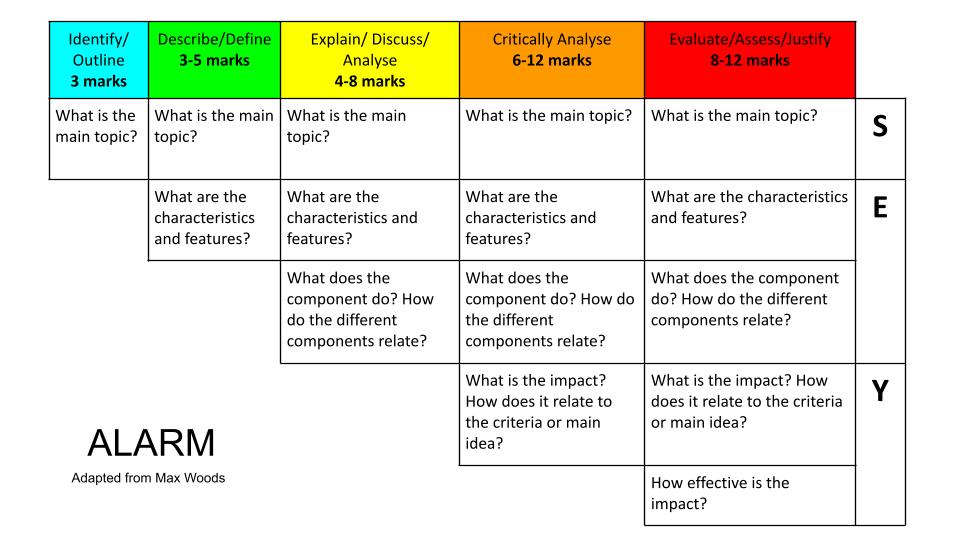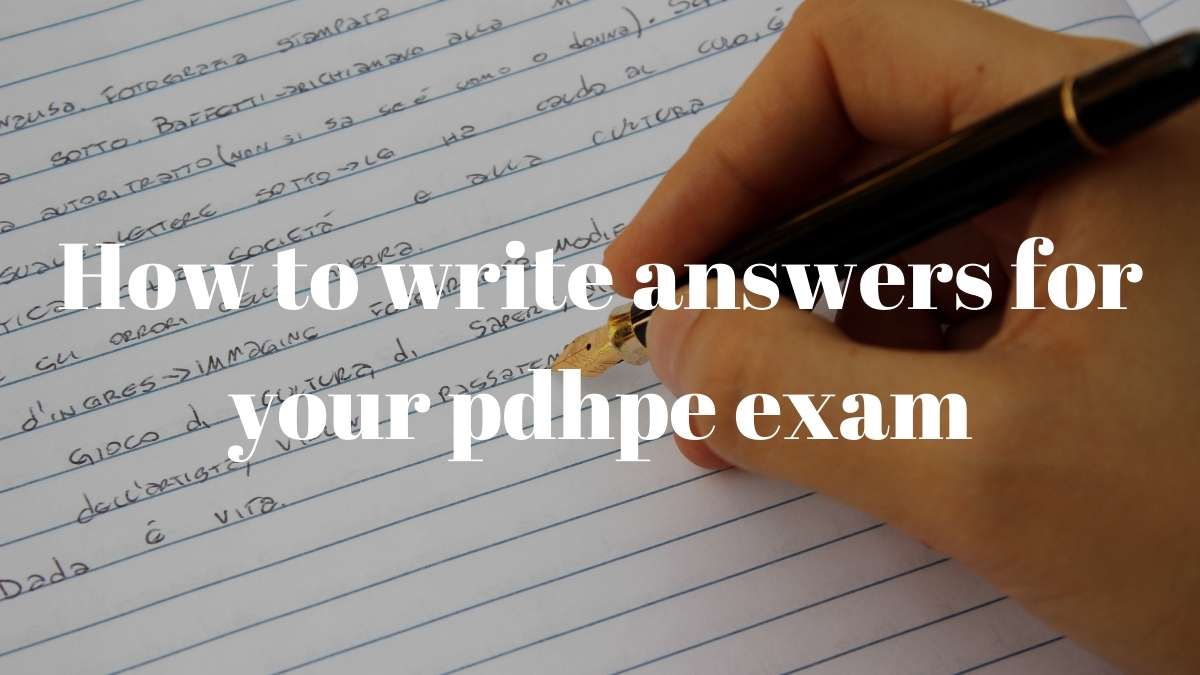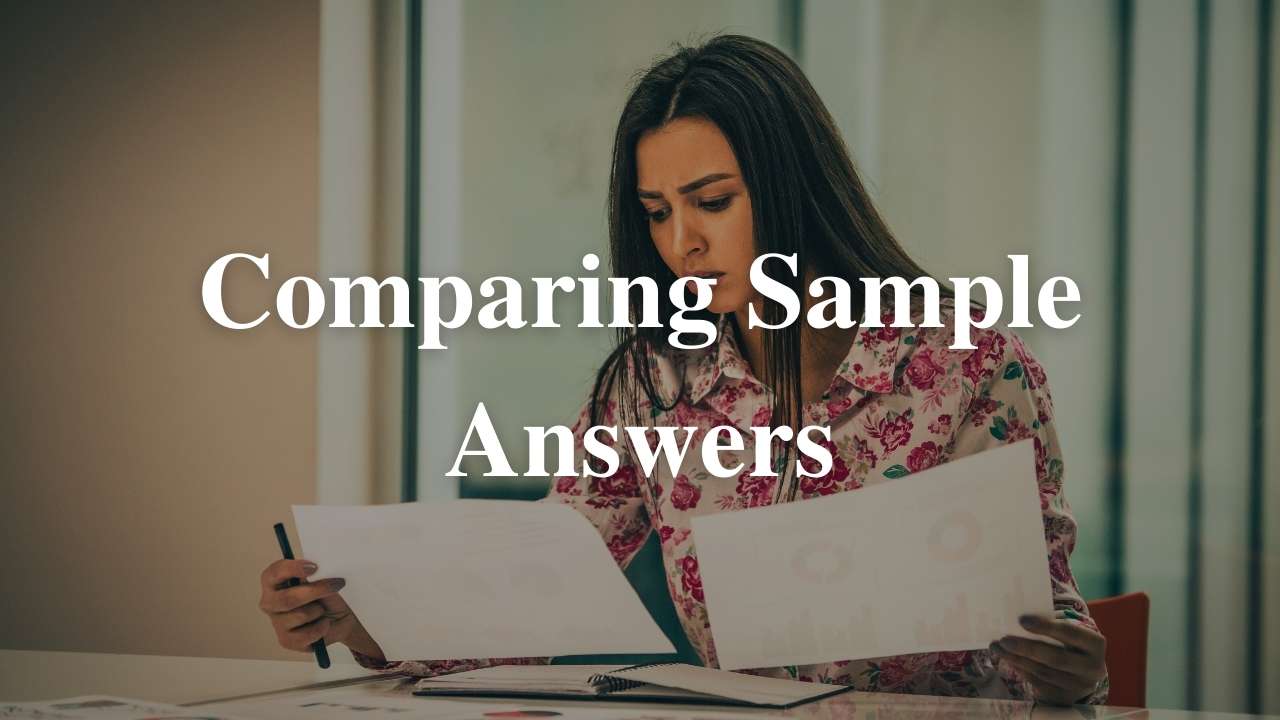Writing answers to 6-12 mark questions in your HSC exam can be daunting for many students. However, this doesn’t need to be the case. If we can break down the writing process to writing just a single paragraph at a time you can easily write a single page to a three page answer.
In this article, I am going to bring together 2 simple aspects of exam writing to tell you exactly what to write in each section of your paragraph based on the NESA key word being used. I’d like to start by acknowledging ALARM, which was developed by a great guy names Max Woods. We will be using ALARM as well as the basic paragraph structure to establish what you should write.
Basic Paragraph Structure
At a basic level you should be writing SEXY paragraphs. You may have been taught this structure previously. It also goes by the name of PEAL, SEAL, and many other acronyms. They all teach much the same thing.
Statement
First, you need an introductory statement, which tells us what your paragraph is about. This is often a definition of the topic and tells the reader what this paragraph is about.
Expand
You then want to expand on the topic by providing information such as the how or why relating to the what. This is where the NESA keyword is important to guide what you say.
eXample
You need to ensure you use examples in your answer. It is also great if you actually use the example to show what you are saying.
whY
Why did you write this paragraph? Why did you use this example? How does it answer the question being asked? You should make this clear. Sometimes you may use this to also link to the next paragraph.
ALARM
ALARM stands for A Learning And Responding Matrix. It can be used in many ways, but one of the best things I pull from it is the hierarchy of verbs. That is, matching verbs up with rough mark allocations and knowing which verbs should be used for questions worth more marks etc.

You can see in the image above how the verbs move from lower ranked questions such as outline, through to higher ranking verbs such as evaluate. We can then use the matrix to help guide what is included in our paragraphs. I have put the SEY down the right hand side to match up to the relevant section of the paragraph. So, if a question is to critically analyse the paragraph is longer than a describe and does more. The example should be in every answer, but the Expand section has more in it with the “What does the component do? How do the different components relate?” and then the whY section has extra information to add to the paragraph to ensure you are answering the question.
This becomes very helpful for us as we write our answers and learn what is required for the verbs used.






